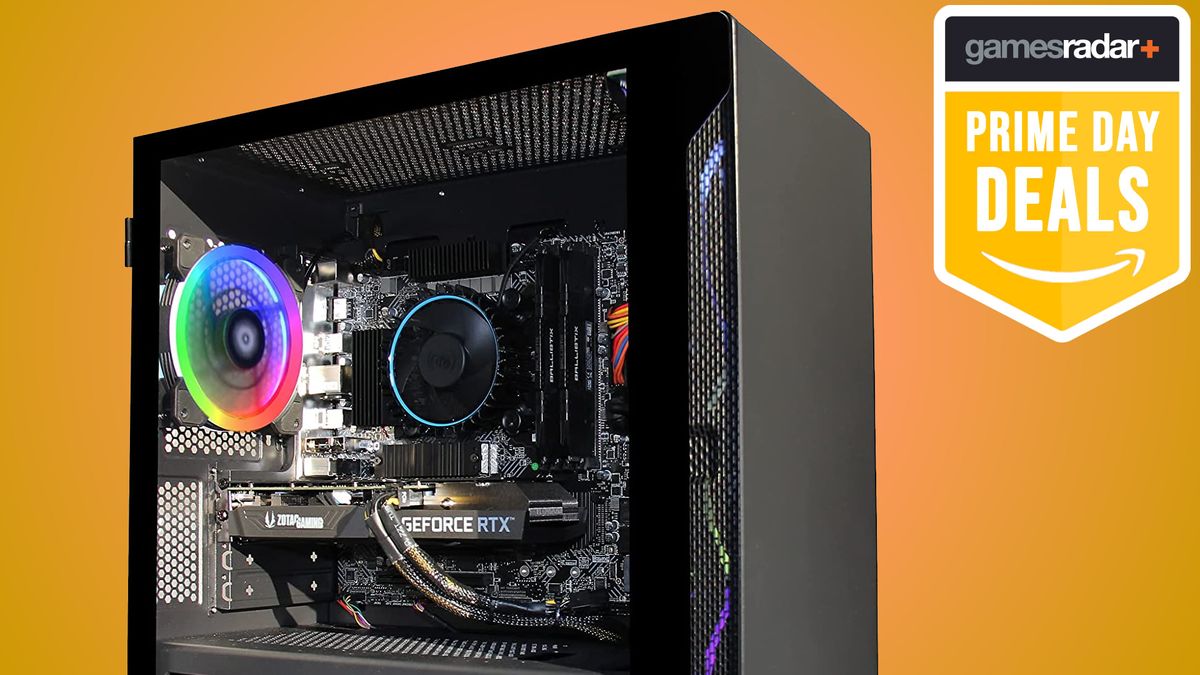Today’s PS5 (opens in new tab) talk was capped off with an in-depth look at how Sony integrated what they’re calling “3D audio” to make next-gen games more immersive.
PS5 lead system architect Mark Cerny says the new focus on audio in PS5 is about finding “new ways to expand and deepen gaming.” Where the PS3 was “a beast when it came to audio,” Cerny says “it’s been tough going making forward process on audio with PS4.”
That’s all about to change with the PS5’s new focus on making immersive audio a part of the console’s architecture, which should give game developers a wider pool of resources when adding sound effects to a game.
Sony is calling this innovation the Tempest 3D Audio Tech, which Cerny says “suggests a certain intensity of experience and also hints at your presence.” The “tempest engine” is based on AMD’s GPU technology, and is built around SPU-like architecture, which is not dissimilar to the PS3.
“The first goal was to create audio for everyone, not just VR users or sound bar owners or headphone users. That meant audio had to be part of the console, it couldn’t be a peripheral. The second goal was to support hundreds of sound sources. We didn’t want developers to have to pick and choose which sounds would get 3D effects and which wouldn’t. We wanted every sound in the game to have dimensionality.”
Cerny says the end goal with 3D audio is to get as close as possible to making players feel like “you’re actually there,” or that “you’ve entered the matrix.” With the sound of rain, Cerny says, instead of using a single rain sound, the PS5 will allow developers to incorporate “lots of 3D audio sources for raindrops hitting the ground in all sorts of locations around you.”
The hope is that more dynamic ambient sounds will encourage a suspension-of-disbelief that creates deeper immersion in a game. “At some point, your brain would take a leap. You’d begin to have this feeling of real presence inside the virtual world of the game. This has the capacity to affect your appreciation of the game, just like music in a game does.”
Another goal for 3D audio, Cerny says, is to make us all better at killing bad guys. Using the 2008 horror sci-fi Dead Space as an example, Cerny says it used to be hard to tell exactly where enemies were.
“Back in the day if you played the game using the TV speakers, you could tell that there was one last enemy growling and hunting you down, but it was difficult to tell quite where that enemy was,” Cerny said.
“But with 3D audio with good locality, the idea is you know the enemy is precisely there. And you turn, and you take it out.”
It’s hard to imagine how this doesn’t require a PS5 owner to have surround speakers to fully appreciate 3D audio, but it’ll be exciting regardless to see – erm, hear – how much better games sound on the PS5.
Here’s what Sony had to say about how PS5 load times (opens in new tab) will give developers “freedom” to make whatever they want.
 Game News Video Games Reviews & News
Game News Video Games Reviews & News



